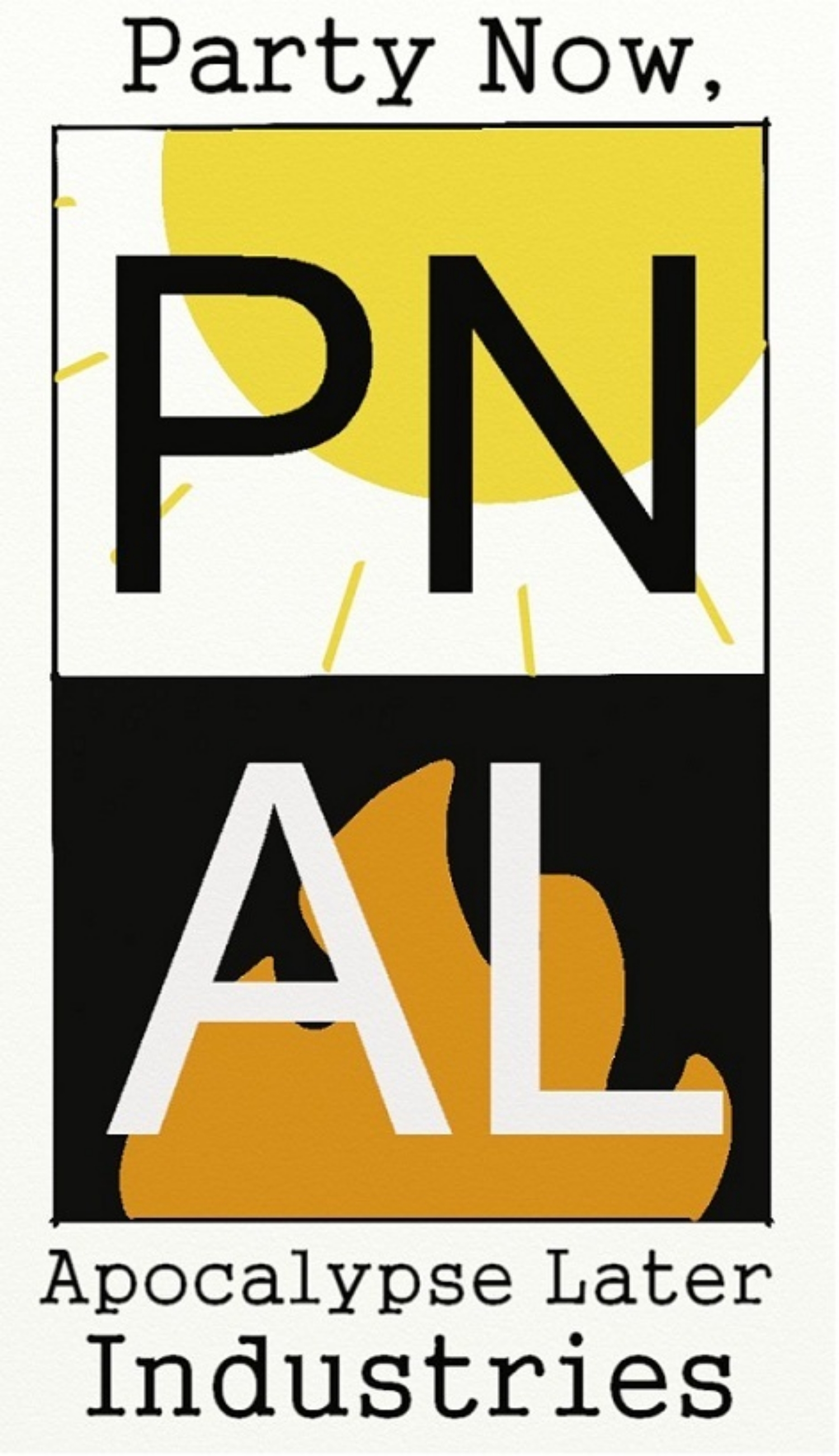Director: Robert Zemeckis
Cast: Michael J. Fox, Christopher Lloyd, Mary Steenburgen, Thomas F. Wilson
Have I Seen it Before: It is May, 1990. I am 5, going on 6. I don’t remember much about the world at that time, but I do remember having watched a VHS copy of Back to the Future Part II (1989) or about the 900th time, and being flooded with a cavalcade of TV spots for the forthcoming Part III. It was a wild time to be alive, having not seen all of the Back to the Future films. Today, I can’t quite wrap my head around it.
My dad comes home early from work. We pile into the car. I want to say I’m not aware of where we are going, but nearly 30 years since, my memory may not be ebbing, but it is smoothing out in the details. We go to the Annex 7.
We see Back to the Future Part III.
I’ve thought about that particular screening at least once a month for the rest of my life. After the Annex 7 fell in favor of the Palace 12 (which in turn fell to the unrelenting force of indifference), I’ve wanted little more in life than to go back to the Annex 7 to watch anything. As it stands, I’ve got a real bad habit of leaving work early to go see movies, desperately trying to capture that feeling.
Flash forward a few months, and the film is released on video. It wasn’t quite priced to own yet, but rental places (they were kind of like Redboxes that you went inside; kids, ask your parents) would let you borrow it for a few days. To this day, one of the great creature comforts in life is some Chicken McNuggets and a viewing of this movie.
Set the time circuits ahead even a few more months. Now with a copy of Part III to call my very own—and perhaps single-handedly putting the brick and mortar movie rental business on the path to ruin—my aunt and uncle had come to visit. Looking at the small army of video tapes sitting on a shelf, they asked if they could borrow my copy of Part III, as they hadn’t seen it yet. The thought that I could share my excitement about movies with people was a revelation, and yet another high that I keep trying to chase as I type these words.
One final stop before we destroy this infernal contraption: Over a decade later, when I tried to made my first foray into forging a film of my own, I could think of no other piece of music to evoke the feeling of ending a long journey that you wouldn’t have given up for all the world. Thus, as we say goodbye to Really Good Man in The Adventures of Really Good Man (2002), the main theme of this film plays softly in the background.
There are few movies that are more central to my feelings about the movies than this particular film.
So, yes, to answer your question, I’ve seen Back to the Future Part III.
Did I Like It: In my review of Part II, I did indicate that as the years have gone by, my feelings about the sequels to Back to the Future (1985) have ebbed. The first film is about as perfect a story as exists in film, whereas the sequels are more consumed with self-consciously re-creating beats from the original film. Here that package is a little more satisfying, as it feels like the characters—mainly Marty (Fox)—attempt and are largely successful in breaking out of old patterns. The common complaint against Part II—that it isn’t a complete story—is quickly rectified here.
It’s also a brilliant way to make a western at a time in Hollywood when even Clint Eastwood (the biggest yellow-belly in the west) was not making cowboy pictures. Evoking the best of John Ford, the joy the filmmakers had in making something a little bit different pops out of every moment that takes place in the 19th century. Some might say that putting cowboys in the final installment of a teenage time travel comedy was a choice too far out of left field. I guarantee you, each and every person who says
And yet, I do have some qualms. The entire film is predicated on the established fact that Doc Brown (Lloyd) can’t repair the Time Machine in 1885 due to unsuitable replacement parts. What does Doc do the moment that Marty goes back to the future? Builds a Time Machine out of a train car. That doesn’t even begin to deal with why the Time Machine needed to be pushed up to 88 miles per hour, when it Part II it is clearly shown that while the flux capacitor activates at that speed, and yet can be overridden if enough electricity is sent through the Delorean’s mechanisms. I’ll admit that this may not be the most useful place for that discussion, and at least should have been a part of my review for Part II.
More likely, I’ve seen these films so many times that I’ve analyzed every moment of them beyond what one might consider rational.
And despite these logical inconsistencies, I love the film. Now, my prolonged answer to the question “had I ever seen it” might have something to do with that. And still, any time someone has an unkind word about the film, I get a brief flash of irrational irritation. Maybe I can’t be objective about it. Maybe I don’t want to be.

